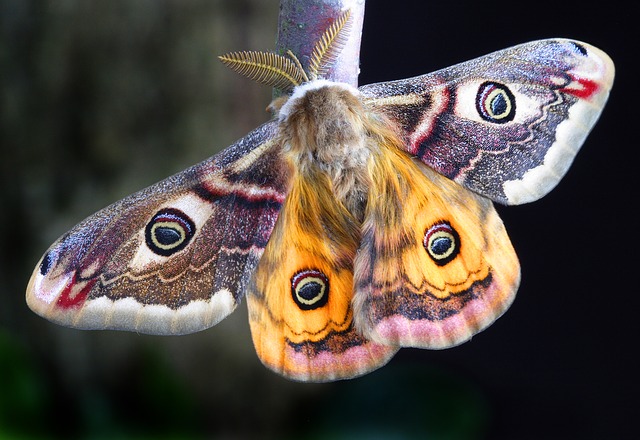One of the greatest achievements of humanity is the invention of medicine. Our ability to neutralize our natural predators pathogens that cause diseases to our bodies. Without medicine, there would be no big population you see filling up continents, countries, cities, towns, and villages. However, all that flourishing population could just pop like a bubble, pricked by the growing resistance of bacteria to antibiotics.
Researchers within the medical field know they are playing a tug of war, between developing effective antibiotics and bacteria acquiring resistance to existing antibiotics. Lucky for us, (the human population), the tug of war is currently in favor of the medical researchers. However, that can last for only so long. Remember that superbug that killed that woman in Nevada?
A new kind of bacteria that invaded a Nevada woman’s system and could fend off every known antibiotic in the United States CDC’s shelves. Medical experts had no option but sit and watch as the bacteria attack life out of the woman, with the situation growing worse every passing hour.
It now evident that new ways of tackling bacterial infection are needed urgently. Antibacterial drugs can only go for so long. Perhaps the super solution to this bacteria problem could lie within moths. Yes, those hairy butterfly-wannabe creatures.
By nature, moths are herbivores, and they take in a lot of vegetation into their bellies. So the last thing they could want in their bellies is bacteria. Ironically, moths seem to have too much of one particular bacterium, the E. mundtii. In fact, this bacterium has been given a pass, and they proliferate the moth’s gut uncontrollably.
For a long time now, scientists have not been able to establish the reason as to why E. Mundtii are so many in moths’ guts. Up to until a recent study published in the journal Cell Chemical Biology, establishing that the bacterium secretes a certain toxic substance that kills off other types of bacteria. The substance E. mundtii secrets is toxic to other invading bacteria but harmless to the moth.
Therefore E. mundtii and the moth live in a symbiotic relationship, where the bacterium gets food from its hosts, while the moth gets a cure to harmful bacteria. The substance E. mundtii secretes has been around for thousands of years. It is an evolutionary adaptation for both the moth and the bacteria, for mutual beneficial co-existence.
Given the long-standing effectiveness of the E. mundtii secretion to kill off other bacteria, without the other bacteria developing immunity, perhaps it is time for medical researchers to look into using bacteria to fight off other bacteria. In the sense that, looking for harmless bacteria that secretes a substance that kills off other harmful bacteria. The beneficial bacteria being engineered by nature will naturally evolve to become more potent with time, as the targeted bacteria develop resistance to the former type of secretion.



